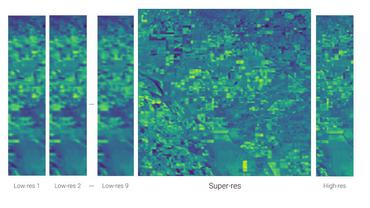Private Eye: On the Limits of Textual Screen Peeking via Eyeglass Reflections in Video Conferencing
Using mathematical modeling and human subjects experiments, this research explores the extent to which emerging webcams might leak recognizable textual and graphical information gleaming from eyeglass reflections captured by webcams. The primary goal of our work is to measure, compute, and predict the factors, limits, and thresholds of recognizability as webcam technology evolves in the future. Our work explores and characterizes the viable threat models based on optical attacks using multi-frame super resolution techniques on sequences of video frames. Our models and experimental results in a controlled lab setting show it is possible to reconstruct and recognize with over 75% accuracy on-screen texts that have heights as small as 10 mm with a 720p webcam. We further apply this threat model to web textual contents with varying attacker capabilities to find thresholds at which text becomes recognizable. Our user study with 20 participants suggests present-day 720p webcams are sufficient for adversaries to reconstruct textual content on big-font websites. Our models further show that the evolution towards 4K cameras will tip the threshold of text leakage to reconstruction of most header texts on popular websites. Besides textual targets, a case study on recognizing a closed-world dataset of Alexa top 100 websites with 720p webcams shows a maximum recognition accuracy of 94% with 10 participants even without using machine-learning models. Our research proposes near-term mitigations including a software prototype that users can use to blur the eyeglass areas of their video streams. For possible long-term defenses, we advocate an individual reflection testing procedure to assess threats under various settings, and justify the importance of following the principle of least privilege for privacy-sensitive scenarios.
PDF Abstract


